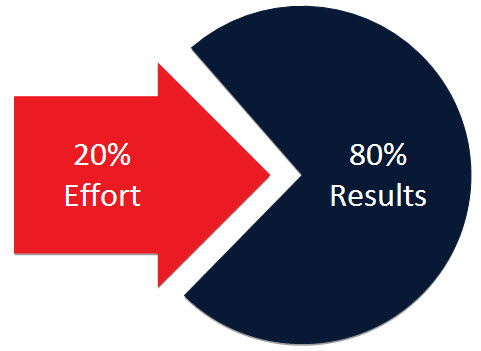Pareto Principle
The Pareto Principle was first defined by Vilfredo Pareto, an Italian economist. At the time, he elaborated the principle to compare the wealth distribution. At the time, he concluded that 80% of the resources were owned by only 20% of the population.
The Pareto Principle started to being used by the different organizations with the main goal of improving the processes. It's not uncommon to see that around 80% of the problems discovered during processes result from around 20% of the causes.
Once the Pareto Principle is applied to the processes to establish the main causes of the problems, the results are later displayed as a histogram chart, the Pareto Chart.
The Pareto Principle started to being used by the different organizations with the main goal of improving the processes. It's not uncommon to see that around 80% of the problems discovered during processes result from around 20% of the causes.
Once the Pareto Principle is applied to the processes to establish the main causes of the problems, the results are later displayed as a histogram chart, the Pareto Chart.

